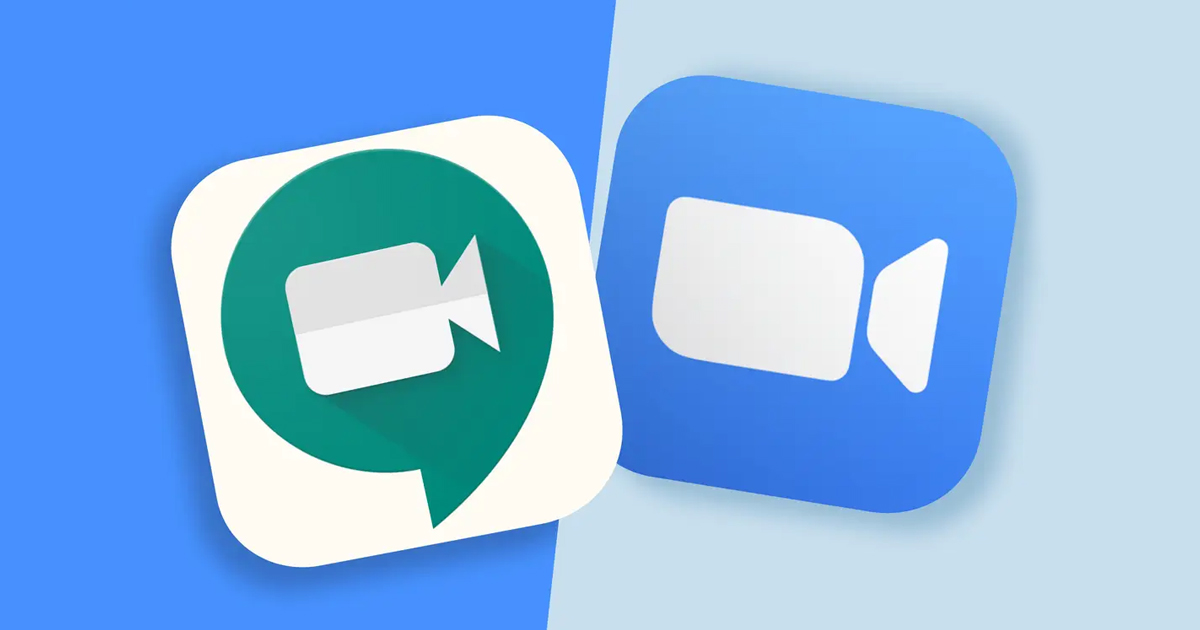Zoho Corporation has expanded its fintech portfolio with the launch of Zoho Pay, a UPI-based payments app built to challenge India’s top digital payment giants such as PhonePe, Paytm, and Google Pay. The new app supports peer-to-peer transfers, bill payments, QR-based transactions, and merchant settlements in a streamlined interface. Available as both a standalone app and an integrated feature inside Zoho’s privacy-driven messenger Arattai, Zoho Pay enables users to handle chats and payments in one platform, emphasizing data privacy and Made-in-India innovation.
Through seamless integration with Arattai, Zoho Pay allows users to send or request payments, split expenses, and conduct UPI-based transactions directly in their chat windows. Users can link bank accounts, scan dynamic QR codes, and receive audio confirmations of payments, ensuring speed and security. This design mirrors the simplicity of India’s leading UPI apps but is powered by Zoho’s non-advertising, privacy-first model. The integration aligns with Zoho’s mission to build a self-reliant digital ecosystem, where messaging and money management coexist securely.
In the competitive digital payments market, Zoho Pay differentiates itself through its tight business software integration with apps like Zoho Books, Zoho Payroll, and Zoho Commerce, offering small businesses unified access to payments, billing, and accounting. The company is also expanding its reach with POS devices for merchants featuring UPI QR, card payments, and instant reconciliation tools. With founder Sridhar Vembu’s vision of a ‘Chat + Pay’ ecosystem, Zoho Pay reflects a bold step toward redefining India’s fintech scene with a secure, ad-free, and locally developed alternative to global payment platforms.


Ohthiqqv
May 23, 2025 at 8:26 pm
Explore the ranked best online casinos of 2025. Compare bonuses, game selections, and trustworthiness of top platforms for secure and rewarding gameplaycasino.
tnggxzjhd
July 18, 2025 at 10:59 pm
Big Bass Bonanza é o precursor da incrível série de jogos de slot com temática de pescaria Big Bass. O jogo possui uma grade de 5×3 e você ganha ao combinar símbolos iguais nas linhas de pagamento. Quer pular direto para as Rodadas Grátis no Big Bass Splash? Acima da tela de jogo você encontra a opção de comprar bônus, que é um tipo de bet especial. Para um RTP semelhante ao de Big Bass Splash (96,71%), um jogo divertido é o Fortune Ox, que oferece 96,75% de RTP. Não é atoa que a série Big Bass se tornou um verdadeiro estandarte da cultura iGaming. Big Bass Bonanza, o jogo originário da série, é um jogo do pescador com bons gráficos, rodadas grátis empolgantes com a funcionalidade de multiplicadores e de jogabilidade simples. Se você deseja jogar o jogo do Big Bass Splash oficial, a Superbet é uma opção confiável. A plataforma é regulamentada e utiliza criptografia SSL para garantir a segurança dos dados.
https://ssbuilderdeveloper.com/review-do-jogo-do-tigrinho-da-pg-soft-no-brasil/
Para quem quer aprender a jogar o Big Bass Splash betano como jogar sem se arriscar com perdas altas, a opção da versão demo é ideal. Disponível em vários sites de cassino online que disponibilizam jogos da Pragmatic Play, a versão demo possibilita aos jogadores testarem todas as características do jogo sem pagar nada. Esta versão é excelente para entender melhor as regras e experimentar diferentes táticas de apostas. Depois de escolher, o usuário deve girar os rolos para jogar Big Bass Splash demo. O valor do prêmio está diretamente relacionado ao valor apostado. Informamos aos passageiros que a linha semi-direto Florida – POA via Praia de Belas, no sentido ida, terá o itinerário via Túnel da Conceição a partir de segunda-feira dia 10 02 2025. Jogadores com KYC aprovado recebem 25 rodadas gratuitas no slot Aztec entre 19 05 (12h) e 20 05 (23h59).
GO88
November 6, 2025 at 6:09 pm
Tham gia cộng đồng game thủ tại Go88 để trải nghiệm các trò chơi bài, poker phổ biến nhất hiện nay.
iwin
November 8, 2025 at 1:11 am
iwin – nền tảng game bài đổi thưởng uy tín, nơi bạn có thể thử vận may và tận hưởng nhiều tựa game hấp